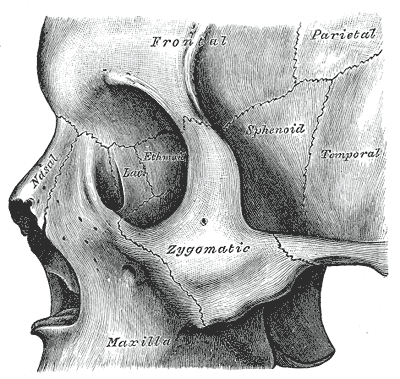- May 11, 2008
- 22,734
- 1,487
- 126
It's kind of like asking why not have an armed SWAT team kicking in doors through the neighborhood all the time.
An real life example of where immune suppression is a very good thing (there are many)
http://en.wikipedia.org/wiki/Onchocerciasis
The example is not a fair one.
The reaction of the immune system damages the cornea because the surrounding tissue is infected by the bacteria.It is not the nematode, but its endosymbiont, Wolbachia pipientis, that causes the severe inflammatory response that leaves many blind.
It is the "chronic" extreme inflammation that causes the blindness.
Thus a temporary infection causes damage but not blindness. A chronic infection causes blindness. Would that not account as an inability of the immune system to get rid of the pathogen ?
I can understand that an immune suppression might be handy here, but only with a treatment to get rid of the bacteria.
Nevertheless, that is quite an interesting bacteria indeed.
Microfilariae are simply put, the "baby" nematodes.Adult worms remain in subcutaneous nodules, limiting access to the host's immune system.[citation needed] Microfilariae, in contrast, are able to induce intense inflammatory responses, especially upon their death. Dying microfilariae have been recently discovered to release Wolbachia surface protein that activates TLR2 and TLR4, triggering innate immune responses and producing the inflammation and its associated morbidity.[10] Wolbachia species have been found to be endosymbionts of O. volvulus adults and microfilariae, and are thought to be the driving force behind most of O. volvulus morbidity. The severity of illness is directly proportional to the number of infected microfilariae and the power of the resultant inflammatory response
Ocular involvement provides the common name associated with onchocerciasis, river blindness, and may involve any part of the eye from conjunctiva and cornea to uvea and posterior segment, including the retina and optic nerve.[11] The microfilariae migrate to the surface of the cornea. Punctate keratitis occurs in the infected area. This clears up as the inflammation subsides. However, if the infection is chronic, sclerosing keratitis can occur, making the affected area become opaque. Over time, the entire cornea may become opaque, thus leading to blindness. Some evidence suggests the effect on the cornea is caused by an immune response to bacteria present in the worms.
I meant more that instead of suppressing the immune system, we should figure out why it is that it is so reactive. Of course suppression is a good thing. But your example reminds of pushing the brakes while also flooring the gas pedal at the same time. It is better to find the reason why the gas pedal is down then just to hit the brakes and hope that it works. Too many side effects will happen.
Oh lord, i used a car analogy...
I am doomed forever... :'(
Last edited:








